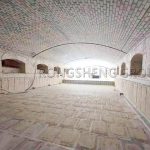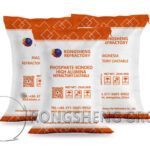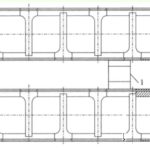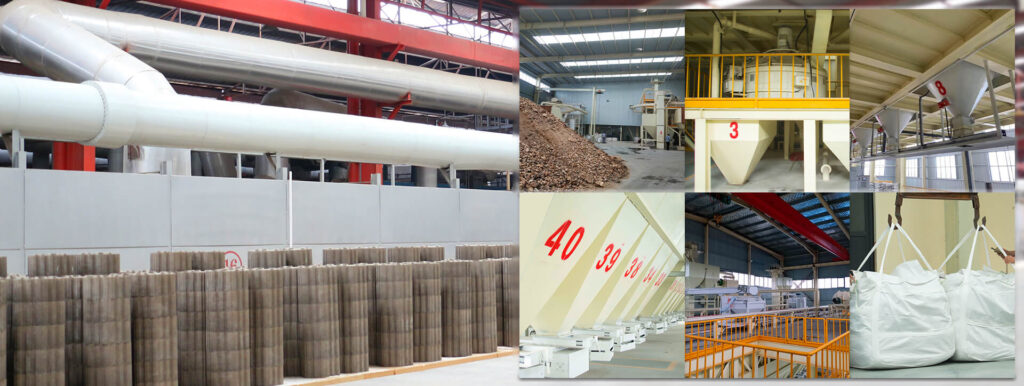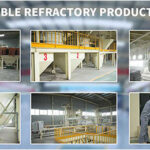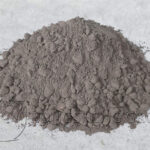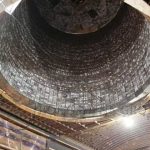Refractory Castable is currently the most widely produced and used unshaped refractory material. Mainly used to construct various heating furnaces lining and other overall structures. Certain high-quality varieties can also be used in smelting furnaces.
For example, alumina cement castables can be widely used in various heating furnaces and other thermal equipment without slag and acid and alkali corrosion. In the parts that are corroded by molten iron, molten steel and molten slag and have high working temperature, such as tapping troughs, ladles, blast furnace bodies, tapping channels, etc., a combination of low-calcium and pure high-alumina cement can be used. Refractory castable made of high-quality granular and powdery refractory materials with high alumina content and good sintering.
Another example is that phosphate refractory castables can be widely used in heating furnaces and soaking furnaces for heating metals, as well as in coke ovens and cement kilns that directly contact the refractory materials. In some parts of metallurgical furnaces and other vessels that are in direct contact with slag and molten metal, repairing with high-quality phosphate castables also has a good effect. In some parts where the working temperature is not very high and higher abrasion resistance is required, it is more appropriate to use phosphate refractory castables. If corundum-based refractory materials are used to make castables refractory, they generally have better results when used in a reducing atmosphere.
As the inner village and furnace body of thermal equipment, it should generally be baked before the first use, so that the physical water and crystal water in it are gradually eliminated, to a certain degree of sintering, and its volume and certain properties Achieve a stable state during use. The baking system has a great influence on the service life. The basic principle of the baking system should be that the heating rate corresponds to the possible dehydration and other phase changes and deformations. During certain temperature stages where the above changes occur sharply, the temperature should be slowly increased or even kept for a considerable period of time. If it is baked improperly or is quickly heated and put into use without baking, it is very easy to produce serious cracks, or even loose and collapse, and may even explode in extremely large and thick parts.

